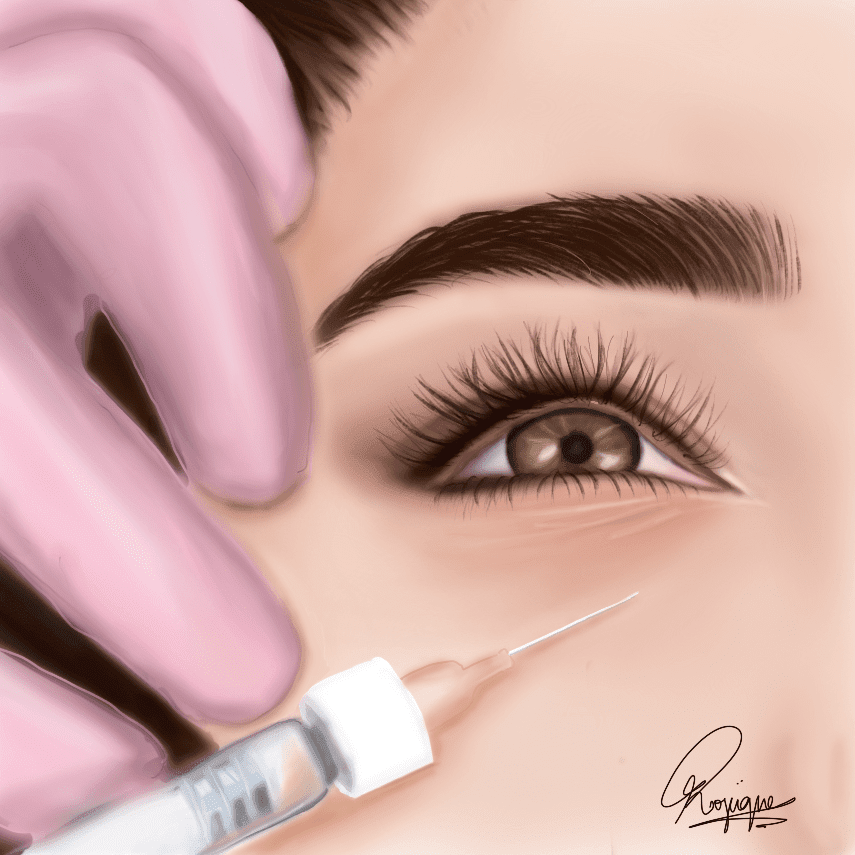
What Is The Difference Between PRP and PRF
When it comes to your health, you want to make sure that you are getting the best possible treatment.
This is why many people are turning to Platelet Rich Plasma (PRP) and Platelet Rich Fibrin (PRF) therapies. But what exactly is the difference between these two treatments?
PRP Is Short For Platelet-Rich Plasma, While PRF Stands for Platelet-Rich Fibrin
Platelet-rich plasma (PRP) and platelet-rich fibrin (PRF) are both platelet concentrates that can be used to treat various conditions, though they differ in a few key ways.
For starters, the distinct difference is that platelet-rich plasma has higher platelet concentration than platelet-rich fibrin; PRF has a higher concentration of lighter platelets.
Another difference is the growth factors between the two platelet products.
PRP contains various growth factor proteins while PRF features platelet and leukocyte cytokines as well as different kinds of growth factors.
These differences lead to a third distinction between PRP and PRF: the rate at which each product releases its active ingredients into tissue.
Platelet rich plasma PRP releases those substances faster, whereas platelet rich fibrin does so over a longer period at a lower speed due to its solid form.
This final difference worth mentioning is when deciding which type or concentrate is best for treating an ailment or condition.
Both Are Used In Regenerative Medicine To Help The Body Heal Itself
Regenerative medicine isn’t just about growing new organs or developing artificial limbs – it can also refer to simpler therapies, such as stem cell technology and platelet-rich plasma (PRP) treatments.
In fact, both of these therapies are becoming increasingly popular when it comes to helping the body heal itself.
Stem cell therapy relies on the use of adult stem cells taken from you to help regenerate damaged tissues and organs, while PRP involves collecting a small amount of the patient’s own blood sample and preparing it by centrifugenation in order to isolate a more concentrated version of the platelets.
This concentrated platelet-rich plasma is then injected directly into the area, to provide additional support for healing and tissue regeneration.
Both of these treatments offer powerful therapeutic benefits and have been used successfully for a range of medical scenarios, from injuries due to repetitive strain, overuse syndromes or poor posture, to autoimmune conditions such as tendonitis or joint pain.
Their ability to help the body heal itself make them invaluable tools in regenerative medicine.
PRP Is Created By Taking Blood From The Patient And Spinning It In A Centrifuge To Separate The Different Components
Platelet-rich plasma (PRP) is an innovative technique used to help kickstart the body’s natural healing process.
It starts with taking a blood sample from the patient, which is then divided into two different test tubes.
The first test tube is spun in a centrifuge at a lower spin speed until its components separate out, providing more blood than if it were just drawn from the vein.
This blood then goes through a higher spin speed, which separates out red blood cells from natural fibrinogen, white blood cells and platelets that are key for tissue repair.
The collected platelet-rich plasma is then activated and injected into the injured area, providing extra support and helping to reduce swelling and pain caused by an injury.
In addition, PRP helps to encourage rapid recovery of damaged tissues by increasing blood supply to the affected areas, allowing them to heal quickly and naturally.
All in all, PRP can make a world of difference when it comes to promoting healing after injuries or surgery.
PRF Is Created By Taking Blood From The Patient And Adding It To Calcium Chloride, Which Causes The Formation Of A Fibrin Matrix
Platelet-rich fibrin (PRF) is a second-generation platelet concentrate that allows for more healing factors over traditional platelet rich plasma (PRP).
It is created by taking a patient’s own blood and adding it to a calcium chloride solution, which causes the formation of a fibrin matrix.
The fibrin contains stem cells, white blood cells, and acid citrate, as well as the platelets which are typically found in PRP.
Unlike its traditional counterpart, however, PRF utilizes fibrin mesh to bond individual cells together with more healing factors.
This effectively increases the concentration of platelets over what is usually found in the bloodstream and creates an environment where stem cell proliferation, cell differentiation, and extracellular matrix production can all occur.
Through this process the body is able to heal itself faster and promote greater tissue regeneration than before.
PRF makes use of the body’s natural healing powers with minimal exposure to external factors.
All in all it is an efficient method when it comes to promoting tissue growth and the tissue healing process.
Key Differences: PRP Can Be Injected While PRF Must Be Applied Topically
Platelet Rich Plasma (PRP) and Platelet Rich Fibrin (PRF) are both used to help speed up healing for injuries.
PRP is created by taking a patient’s own blood, separating out platelets, and using that concentrate as an injectable solution.
On the other hand, PRF is prepared from a fibrin membrane created from stem cells obtained from platelets in the patient’s own blood sample.
One of the main differences between PRP and PRF is that PRP can be injected into the injured area, allowing it to reach deep tissue without requiring surgery.
Meanwhile, PRF must be applied topically and is usually done with adhesive bandages or dressing made of fabrics infused with the dense fibrin network which contains growth factors and cytokines.
Both methods offer great healing potential, but understanding the difference between treatments can help ensure you get optimal results with your injury recovery plan.












































